Description
Cornflower Centaurea Cyanus Red
Cornflower Centaurea Cyanus Red A hardy and attractive easily grown dwarf cottage garden annual. Producing an abundance of double flowers across a mix of colours on bushy yet compact plants. Prefers full sun, well drained soils and is drought resistant. Height 15-18′.
Cultivation Advice
Soil and Location:
- ‘Red Boy’ cornflowers prefer well-draining soil with good fertility. They thrive in full sun but can tolerate partial shade.
- Ensure the soil pH is around neutral (6.0 to 7.0) for optimal growth.
- Sow seeds directly into the garden after the last frost date. Ensure the soil is warm enough for germination.
- Plant seeds about 1/4 to 1/2 inch deep and space them around 6 to 12 inches apart.
- Keep the soil consistently moist but not waterlogged, especially during germination. Once established, they are somewhat drought-tolerant but benefit from regular watering during dry spells.
- Apply a balanced fertilizer during planting if your soil lacks nutrients. Avoid excessive nitrogen-rich fertilizers that might encourage more foliage than flowers.
- Mulch around the plants to retain moisture and control weed growth. Keep the area around the plants weed-free to reduce competition for nutrients.
- Remove spent flowers to encourage continuous blooming throughout the growing season. Deadheading helps promote new flower production.
- Taller ‘Red Boy’ cornflower varieties might benefit from support to prevent bending or breaking in strong winds. Consider staking or providing support if necessary.
- Monitor for aphids, spider mites, and powdery mildew. Treat any issues promptly to prevent them from spreading.
- Allow some flowers to mature and dry on the plant to collect seeds for the next season. Harvest seeds when the flower heads turn brown and store them in a cool, dry place.
- Mulch around the plants to protect the roots in colder climates. Alternatively, grow ‘Red Boy’ cornflowers as annuals and replant seeds the following year.
- Regularly deadhead spent flowers to encourage continuous blooming. Pruning back stems after flowering may promote a second bloom later in the season.
- Before planting, enrich the soil with organic matter like compost to enhance fertility, improve soil structure, and aid moisture retention.
- ‘Red Boy’ cornflowers can serve as beneficial companion plants. Consider planting them alongside other flowers or herbs to attract pollinators and beneficial insects while deterring pests.
- Maintain a layer of mulch around the base of the plants to conserve soil moisture, regulate soil temperature, and inhibit weed growth. Organic mulches also contribute nutrients as they decompose.
- Water deeply but infrequently to encourage deeper root growth. Water at the base of the plant to avoid wetting the foliage, reducing the risk of fungal diseases.
- Periodically test the soil pH to ensure it remains within the preferred range for ‘Red Boy’ cornflowers. Adjust pH levels if needed to optimize plant health.
- Allow some flowers to mature and disperse seeds naturally to encourage self-seeding for subsequent growing seasons. This can create charming, naturalized patches of red blooms.
- Encourage natural predators like ladybugs and lacewings to control common pests like aphids by minimizing the use of broad-spectrum pesticides.
- Use row covers or temporary shelters during extreme weather conditions, such as unexpected frosts or heatwaves, to shield the plants and minimize stress.
- Continuously observe your ‘Red Boy’ cornflowers and note their response to various care practices and environmental conditions. Adjust care accordingly based on their specific needs.
- Extend the flowering period by sowing new batches of seeds every few weeks. This staggered planting ensures a continuous supply of blooms throughout the growing season.
- Cover young seedlings with row covers or cloches if you’re experiencing unexpected frosts or cold snaps early in the season to shield them until temperatures stabilize.
- Consider a light side-dressing of balanced fertilizer during the growing season to support healthy growth and consistent flowering. Ensure not to over-fertilize, which might promote excessive foliage.
- Observe how your ‘Red Boy’ cornflowers respond to different environmental conditions like varying sunlight or soil moisture. Adjust care practices accordingly to optimize their growth.
- Maintain the mulch layer around the plants to prevent soil compaction and retain moisture, especially during dry spells. Avoid piling mulch against the stems to prevent rotting.
- If seedlings are overcrowded, thin them out by carefully removing excess plants to provide adequate space for healthier growth and airflow.
- Encourage pollinator activity by planting a variety of flowers that bloom at different times. This diversity attracts a range of beneficial insects that aid in pollination.
- If growing ‘Red Boy’ cornflowers in containers, ensure adequate drainage to prevent waterlogging. Choose a potting mix suitable for flowering plants and water as needed.
- Continuously monitor your plants for signs of stress, pests, or diseases. Early detection allows for timely intervention and minimizes potential damage.
- Take time to enjoy the beauty and vibrancy of the ‘Red Boy’ cornflowers in your garden. Their striking red blooms can be a focal point and a source of joy in your garden landscape.

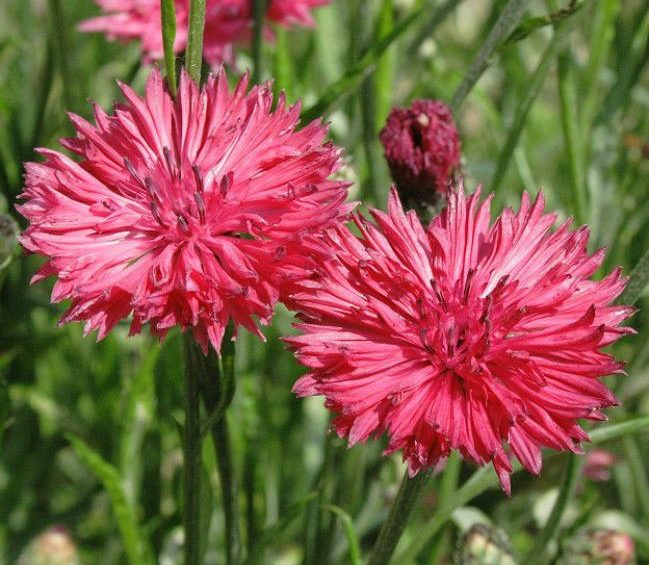

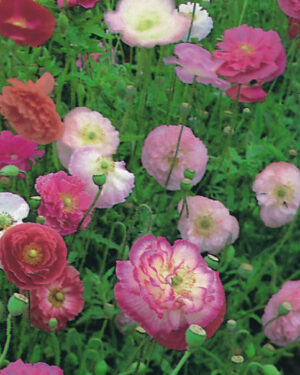
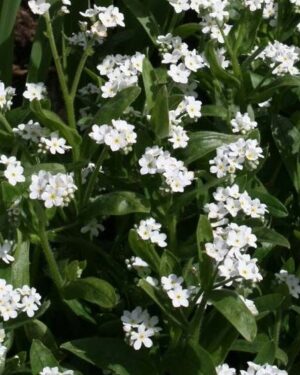

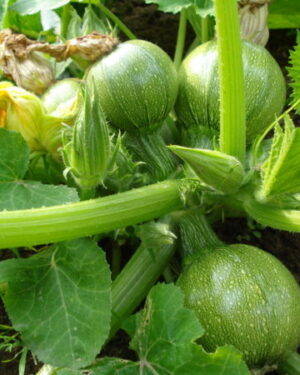
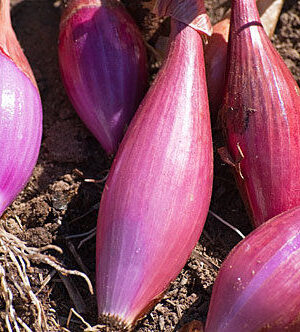
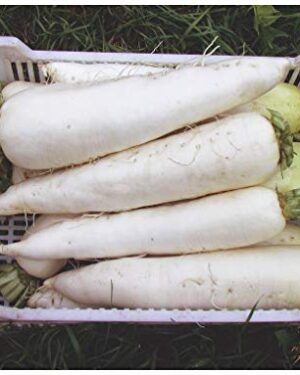
Reviews
There are no reviews yet.